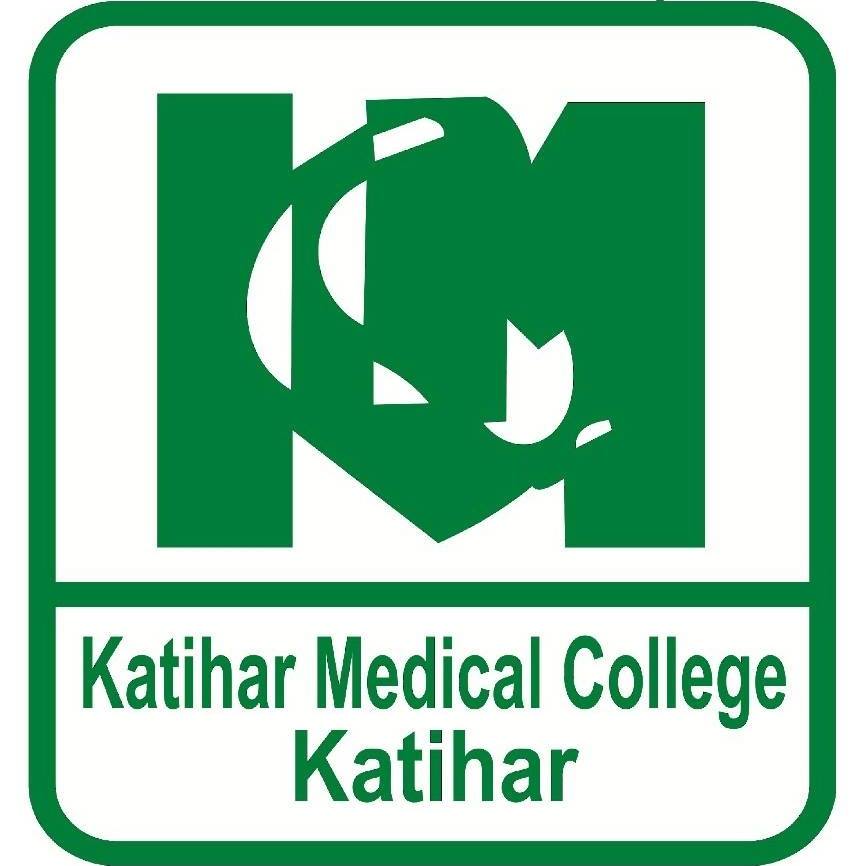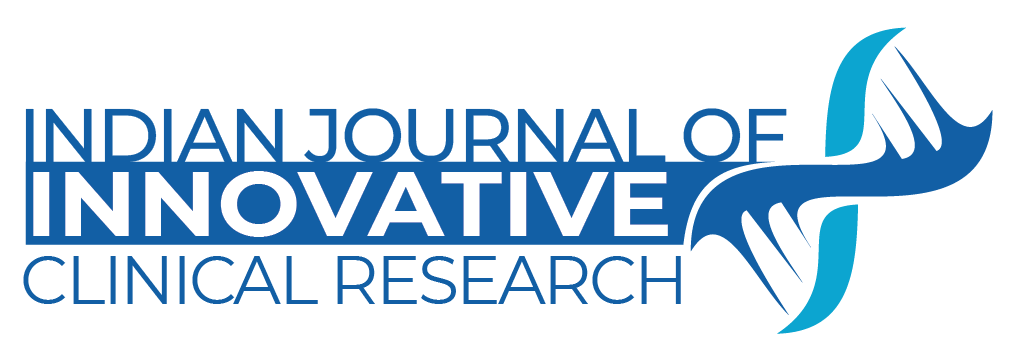Journal Menu
- Home
- Aims & Scope
- Editorial Board
- Article Preperation Guideline
- Online Submission
- Articles Early View
- Current Issue
- Archive
- Membership
- Reprints
Hypertension Management in India: A Comprehensive Review of Current Strategies, Guidelines, and Challenges with Focus on Bihar and Medical College Settings
Article Information
Background: Globally, a main cause of cardiovascular disease (CVD) is hypertension. With clear regional differences, India is suffering an increasing epidemic of hypertension. In states such as Bihar, disease frequency and control are influenced by socioeconomic elements as well as healthcare access. Emphasising epidemiology, treatment guidelines, and program strategies, this review synthesises current evidence (2015–2025) on hypertension management in India, with an eye towards Bihar and the function of medical college hospitals.
Methods: Using national data sources (ICMR, NFHS, Bihar Health Department), literature from PubMed, Google Scholars, and other sources, a narrative review was done spanning 2015 through 2025. Largescale studies, national surveys, guidelines, and health program reports took front stage. Data were compiled thematically.
Results: Out of all the Indian adults, hypertension affects about 22–29%. Bihar claims a lower prevalence (~17%), but the disorder is still underdiagnosed and poorly managed. Only 37% of the hypertension patients identified by NFHS-5 (2019–21) were diagnosed, 18% treated, and just 8.5% had blood pressure under control. Emphasising lifestyle changes and affordable pharmacotherapy, the Indian Guidelines on Hypertension (2019) retain a diagnostic threshold of ≥140/90 mmHg. National strategies meant to increase outcomes include standardised treatment guidelines, primary care-based screening, and salt reduction. By means of simplified regimens, task-sharing, and enhanced drug supply, programs such as the India Hypertension Control Initiative (IHCI) and the NPCDCS have expanded hypertension treatment and achieved up to 43% control in program settings. Through research, training of medical professionals, and handling challenging cases, medical college hospitals significantly contribute.


